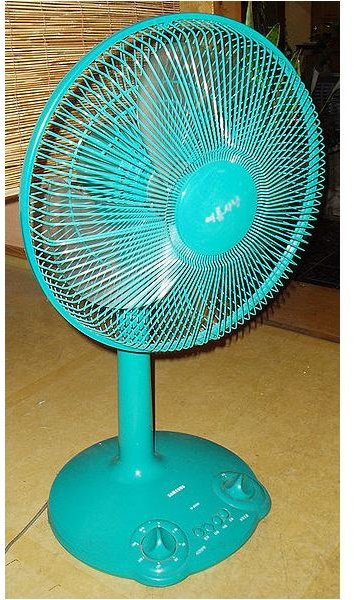Tips and Tricks for Reducing TeamSpeak Background Noise
TeamSpeak Background Nose - How to Stop It
If you’ve ever used a voicechat program, you’ve probably heard someone talk who has a lot of background noise. TeamSpeak is no exception. This is because background noise rarely is the fault of the third party program, but often a problem with the microphone itself. This handy little tutorial will offer you five great tips for getting rid of TeamSpeak background noise that should be useful for other voice chat programs as well.
1. Keep Fans and Air Conditioners Away from the Microphone
There’s very little that is more grating than the constant sound of rustling wind over someone’s microphone. This means that you need to make sure that fans, forced-air heaters, and air conditioners don’t blow directly on the microphone.
A good tip is that if you can feel the air on your face, the people can hear the air through your microphone. If you’re someone who absolutely has to have air on them at all times - that’s fine - just keep the fan below the microphone. This means that you may need to raise the height that your microphone usually sits at, or lower your fan to blow on your back or sides.
2 . Keep TVs and Stereos Off!
Microphones will frequently pick up room-wide noise, and this includes the TV, the CD player, the stereo system - basically if it makes noise, the microphone will pick it up. This will often come across as garbled noises in the background, but sometimes can be more overpowering and even confusing to the other people listening to you. If you absolutely cannot keep the TV or stereo off, try to keep them as low as possible to minimize the chance it has to pick it up.
3. Use Headphones
If you’ve ever done any sort of voice chat, you may have run into the problem of hearing yourself through your speakers or headphones, often delayed by a fraction of a second or two. This makes it hard to talk, as most people stop and get distracted by the sound of their own voice. This is caused by someone who is using speakers turned up loud and a microphone that is catching what is coming out of them. Using headphones or a headset will eliminate any annoying echos you might get from the sound bouncing from your speakers back into your microphone, and prevent you from annoying your group.
4. Use a USB Microphone (Noise Canceling if Possible)

The problem with using a microphone that plugs into your audio-in line is a little strange: sometimes third party programs just don’t handle it very well. Using a USB microphone or headset might work really well for you if you are prone to the dreaded constant static.
Noise canceling microphones are specifically created to eliminate background noise, but are more expensive. If you have the money to spend, or if you do a lot of voice chat, you might want to look into getting one.
5. Keep Your Microphone Away from Your Mouth
The biggest problem with headsets is that they often have lower quality boom-style microphones that hold them directly at your mouth. This means that if you drink, eat, yawn, sneeze, burp, or sometimes even just breathe, everyone is going to hear it. If you can, adjust your boom so it is somewhat further away from your mouth. If you cannot adjust it, you might want to invest in a separate microphone.
Image Credits
Fan: https://commons.wikimedia.org/wiki/File:Samsung_Electric_Fan.JPG
